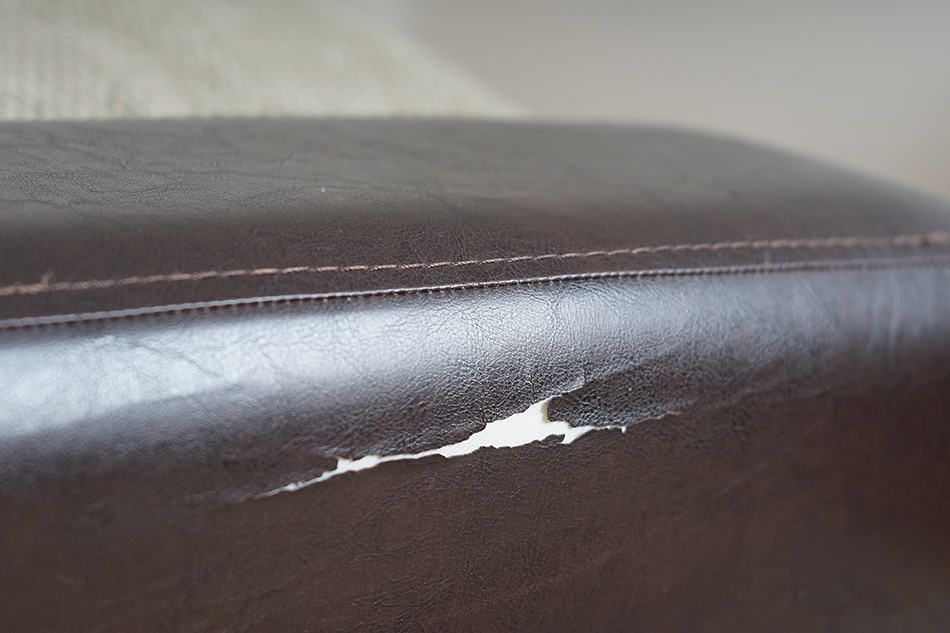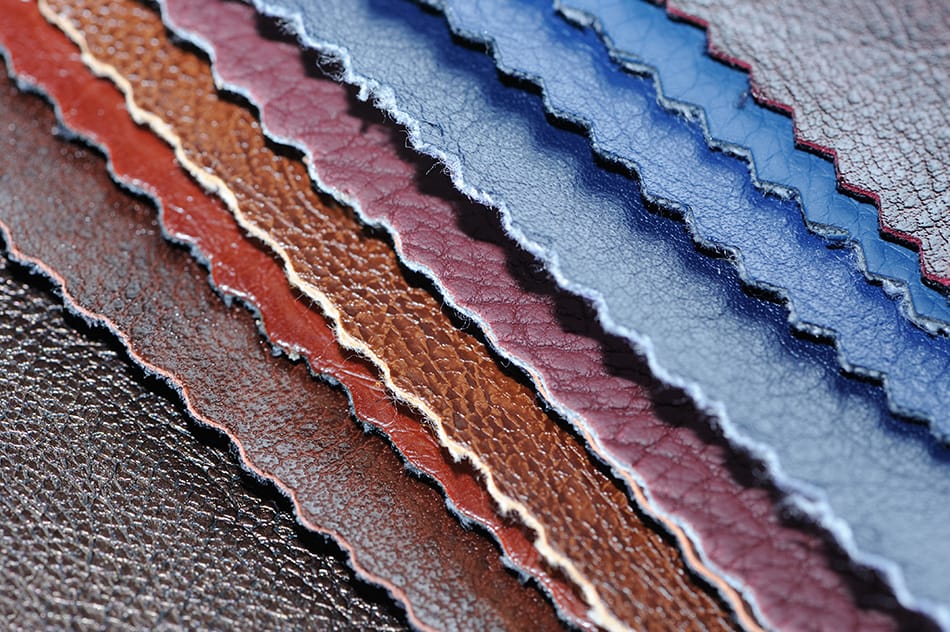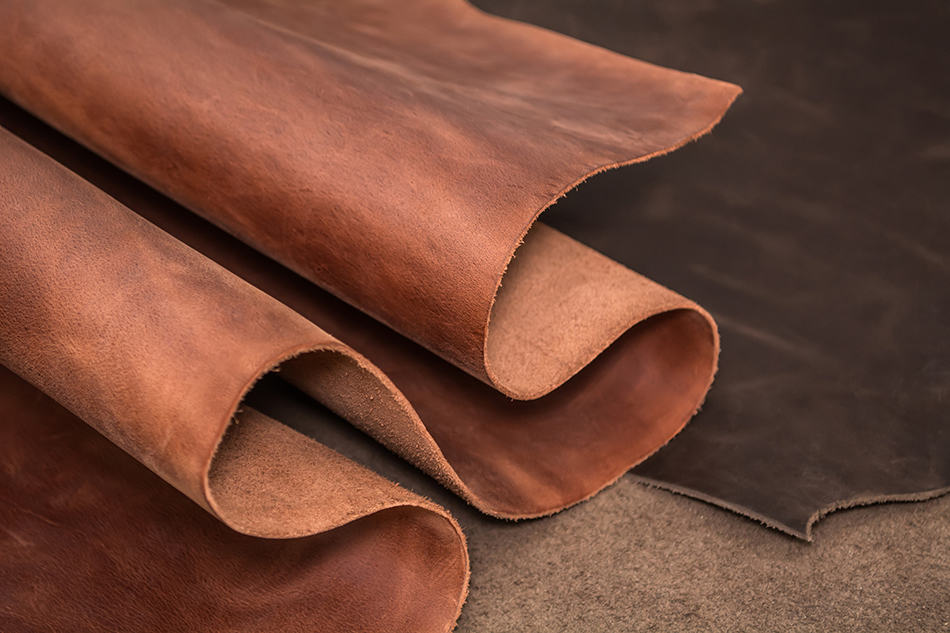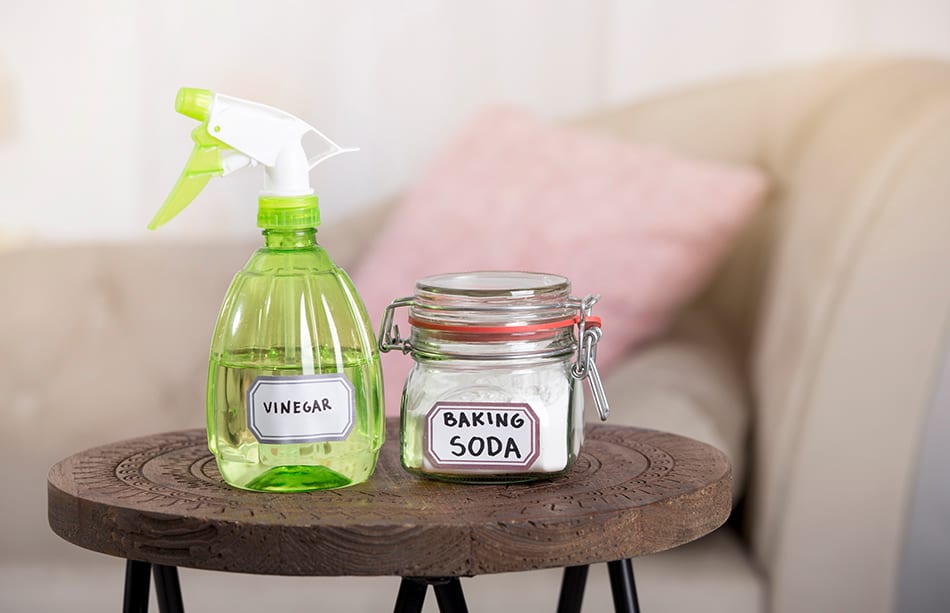Have you recently bought a beautiful faux leather handbag and want to learn how to maintain it? Are you looking for ways to stop your leather sofa from peeling? Are you tired of having to dispose of your vegan leather accessories after a short while? Then this article is for you.
In this article, you’ll learn everything you need to know about faux leather, how to maintain it and how to stop it from peeling.
What is Faux Leather?
Faux leather (or leatherette or vegan leather, or pleather) is synthetic leather designed to look and feel like real leather. It is made by covering a fabric backing, such as cotton or polyester, with a bonded plastic-type coating.
The fabric is then given an imitation leather finish with materials like dye, polyurethane, or wax. There are different kinds of faux leather, depending on the type of plastic and type of coating used.
How Is Faux Leather Different from Real Leather?
Faux leather is an increasingly popular alternative to real leather, mainly because no animals are harmed in its production.
The factory breeding of animals for the leather industry is simply inhuman and cruel. There are also lots of chemical processes involved in converting animal hides to produce leather that is harmful to the environment. Faux leather is the ethical buying choice that doesn’t sacrifice your amazing style.
Fake leather tends to have a smell of plastic or synthetic chemicals. Its surface and lines usually look polished with no minor faults. The ease of cutting and sewing faux leather is also an advantage.
Although faux leather is less durable than good quality leather, its protective coating protects it from scuffs and stains as nothing permeates it. It is also easy to maintain and clean. It is cheaper, and this is one major factor in this material being used for many things today.
Why Does Faux Leather Peel?
There are various reasons why your faux leather items peel. Some of them include:
- Exposure to heat – Faux leather is vulnerable to heat damage, and constant wearing outside in the sun will make it submit to the heat and begin to peel with time.
- Exposure to too much water – Faux leather generally does well with water than real leather, but the long-term negative effect of water exposure remains. Also, the water resistance varies depending on the material used.
- Aging – Faux leather peeling can also be caused by outliving its lifespan. The durability of the leather depends on how it is made, how well it is cared for and maintained, and how often it is used.
- Lack of proper care and maintenance – Faux leather items require a lesser level of care than real leather, but proper maintenance is needed to extend the life of the items.
- Frequent use – The more you use your faux leather items, the more they stretch and wear out. Some signs of wear include peeling, cracking, and flaking.
Should You Bother Trying to Prevent Faux Leather Peeling?
The answer to this question is not definite. The decision is ultimately yours, but there are some factors to consider. One is whether it’s a favorite piece or it has sentimental value. If so, it’s a good idea to try to fix it instead of just letting it take up space or throwing it away.
Another thing to consider is the cost. It costs more to buy a new leather piece than to fix it. Spending less while helping your faux leather item enjoy a few more years is a good reason to fix it.
How to Maintain Faux Leather?
Faux leather is a cheaper alternative to genuine leather and is used for furniture, handbags, clothing, belts, wallets, car upholstery, and more. Whether you choose faux leather for fashion, the lower price, or your beliefs in animal rights, you’ll be pleased to know that it is easy to clean and preserve.
Prevention is better than cure, as they say, and maintaining your faux leather items is crucial in preventing peeling, cracking, and flaking.
Below are some tips on maintaining your faux leather:
- It is important to keep your faux leathers out of sunlight, especially concerning furniture, clothing, bags, etc.
- When dealing with faux, take note of color transfer when washing. Keep strong, bold colors away from light colors. Such stains can penetrate quickly if not wiped with a baby wipe.
- Before using any cleaning agents on faux leather for the first time, try it out on a small portion that is not visible. If it does not have any negative effect after drying, you can continue with the rest of the surface.
- Never use bleach on your faux, regardless of the size or depth of the stain. Bleach speeds up drying, which will shorten the lifespan of your leather.
- Do not use any kind of rough cloth or sponge on a faux leather surface. Those will crack the faux without removing the mark or cleaning the stain. Soft clothes and gentle motions are best.
- Use a mild detergent to clean up the area you were cleaning. It is important to wipe over the area, whether the stain or mark was removed successfully or not.
- Regularly clean your faux leather using mild detergents and washing up liquid with warm water and soft cloths. This will help in maintaining and extending the longevity of faux leather.
- Moisturize your faux leather with oil, preferably baby oil.
Tips on Cleaning Faux Leather Stains
When cleaning faux leather, pay attention to the laundry instructions on the tag. Most faux leathers allow for washing, but some are dry clean only.
- Take a foam and dip it into clean, warm water. Then gently rub it on stains.
- Use a mild detergent or baby shampoo for tougher stains.
- Immediately wipe with a wet cloth or foam after, as leaving the soap on the surface can damage the leather.
- For machine washing, make sure the leather coats or pants are machine-washable. Use cold water, some mild detergent, and a gentle cycle for washing. Use machine washing sparingly as it can start to wear on the finish.
- To remove wrinkles, steam the clothing or use the steam on an iron. Do not touch the material with the iron. Instead, let the steam do the work.
- If you’re afraid to clean the leather yourself, you can call professionals who can take good care of it for you.
- For drying, wipe the surface with a dry cloth. Hang the leather, if it’s clothes, to dry. For furniture, make sure no one touches or sits on it until it is dried.
How to Fix Peeling Faux Leather
Faux leather is prone to cracking and peeling, and below are some curated methods for fixing this issue:
Vinegar, Baking Soda, and Moisturizer
This is a cheap and simple homemade method to hide surface wear and is ideal for restoring faux leathers, especially bags, that are not too cracked.
Mix half a cup of water and vinegar and wet a clean cloth with the solution. Wipe the leather with this and wait for it to dry. Mix a cup of water and two tablespoons of baking soda.
Soak a soft cloth in the mixture and gently apply it to the leather surface. After it is dry, apply moisturizer to the surface. When the leather absorbs the cream, the stains and peelings will be almost completely hidden.
Leather Filler
There are various brands of leather filling paste, and they’re great for fixing peeling, cracks, and worn areas. But we recommend ColourLock, the Germany-made product for faux leather peeling and cracking issues.
Clean the surface with a soft wet cloth and mild detergent. After drying, apply small amounts of the filler paste to the skinned areas. Use a brush to spread the leather filling over cracks and peelings. You can also apply leather-colored repairing dye after drying.
Repairing Dye
Dye leather paint is great for reviving your faux leather. It hides sun damage, scratches, and natural wear and tear from everyday use. It comes in a different color, so you can use which goes with your leather item. Leather Restore is a good option for faux leather dying – they have up to 19 colors to choose from.
Clean the surface with a soft, lint-free cloth and mild detergent. Sand the surfaces where the leather is raised with a sponge. This ensures all the peels and flakes are extracted. Apply the repair tint and spread small amounts of dye on the surface with a sponge. Wait for the leather to absorb the dye and apply a new coat of dye.
Adhesive Patches
Adhesive patches are easy to find in stores. You just have to get one that matches the surface of your faux leather and apply correctly. Check out one good choice above.
Clean the surface with mild detergent and a clean wet cloth. Dry with a lint-free cloth. Place the adhesive sheet on the part of the leather that is peeled and spread it so that it is smooth and firm on the bag.
Liquid Leather
For some accessories, like a leather bag, liquid leather is the best solution for peeling and cracking.
Wipe the surface of the faux leather with a soft cloth and mild detergent. Dry with a lint-free cloth. After the leather is completely dry, apply small amounts of the liquid leather to the cracks and peels.
Press gently on the container to avoid spilling the liquid. Spread it over the surface of the leather with the blade of a knife or scissors. Wait for the leather to dry and apply repairing dye to complete the restoration of the faux leather.
Other methods include:
- Using a permanent marker or shoe polish.
- Applying nail polish.
- Replacing the entire peeling section.
- Making use of leather paint.
- Applying leather glue.













